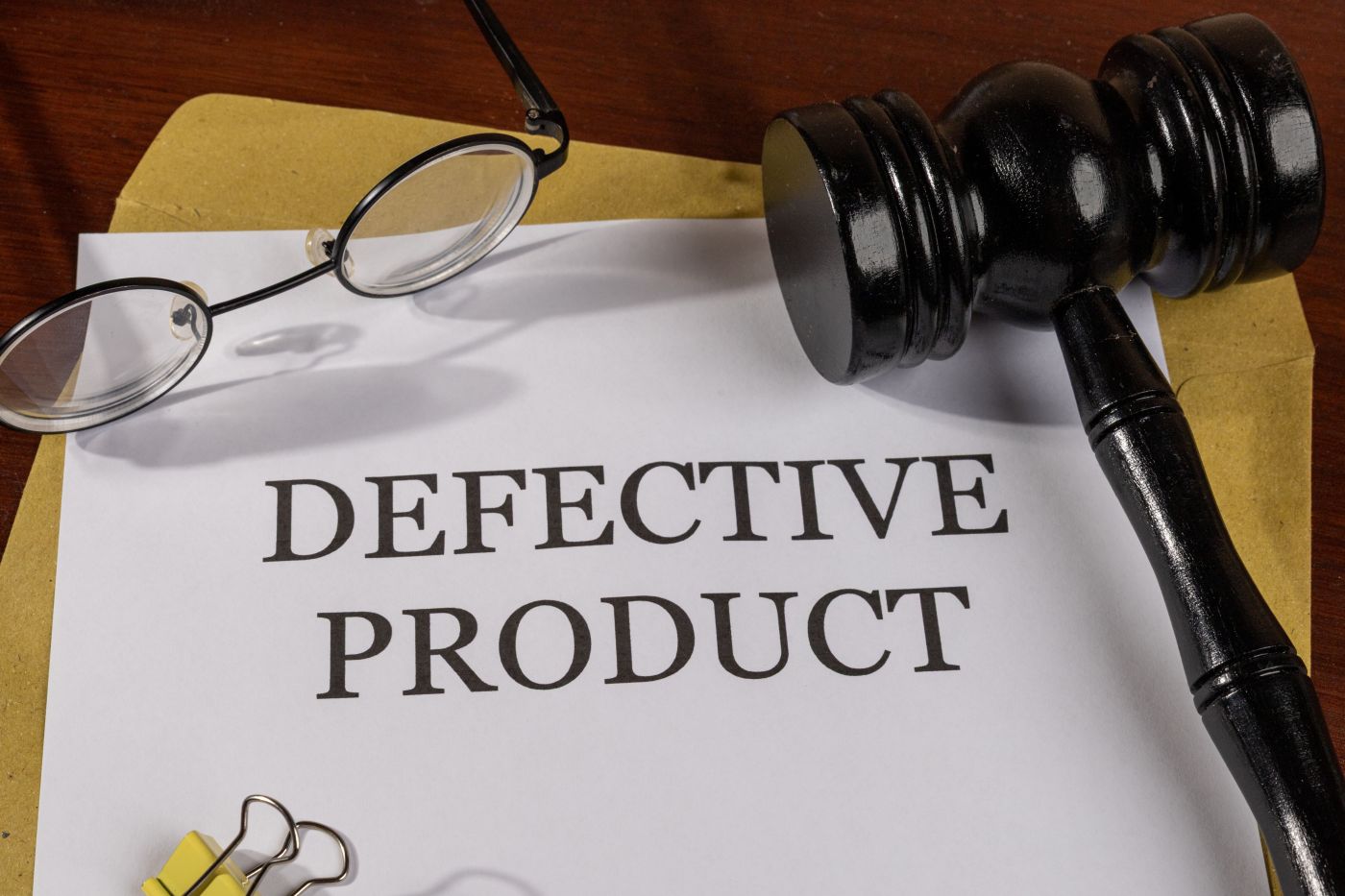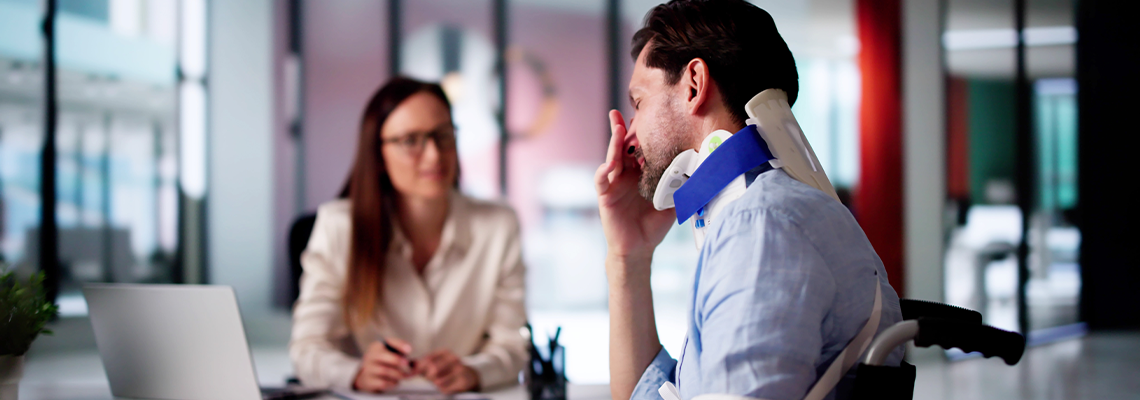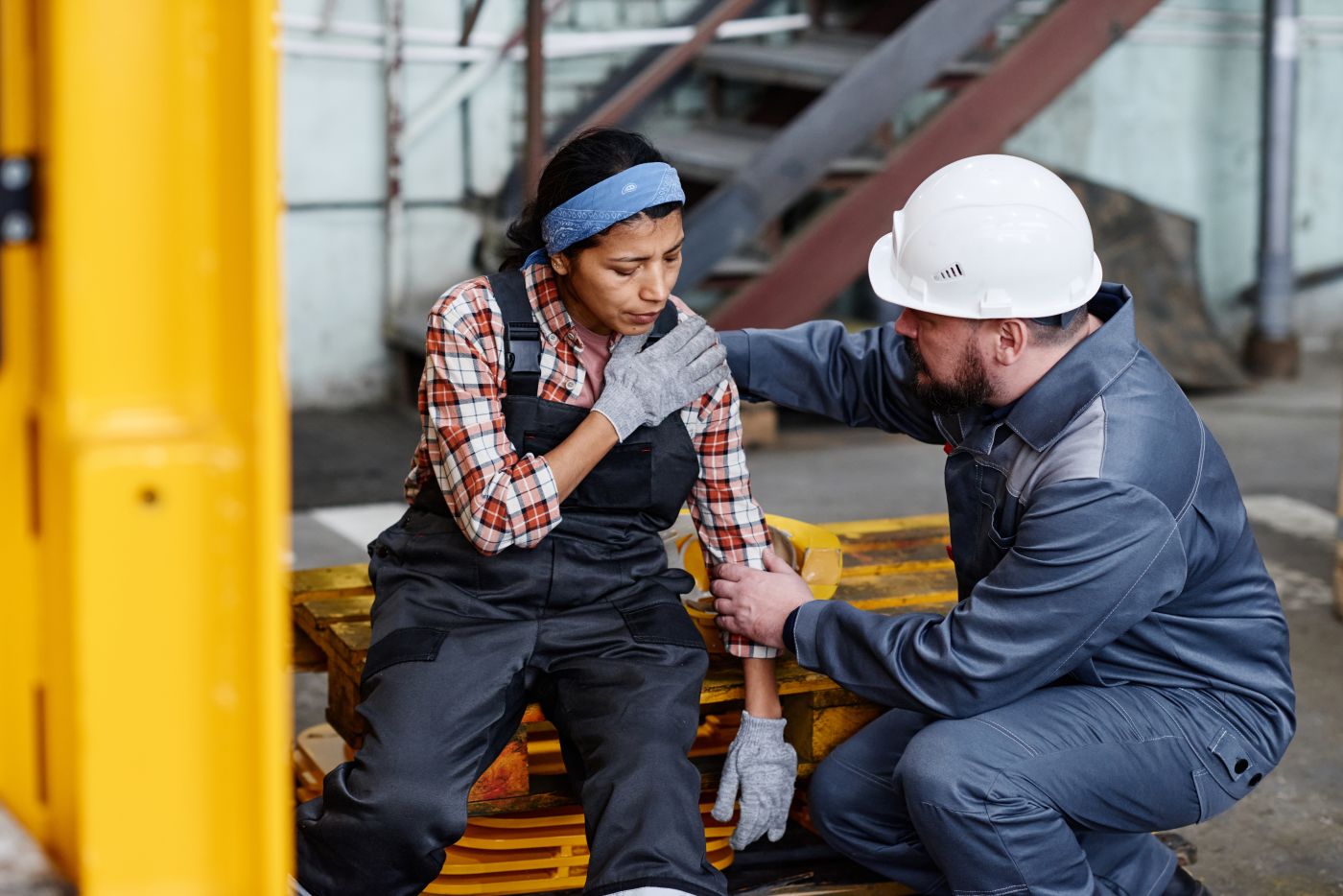
Causation sits at the heart of every defective product case. It links the product defect to the injury itself, creating the legal bridge that supports a claim for damages. Without strong evidence of causation, even the most serious injury may not lead to successful recovery. This is where the law becomes intricate, requiring careful attention to both legal standards and factual details.
At Preston Day Law, PLLC, we’ve seen firsthand how a defective product case can turn a consumer’s life upside down in Utah County and Salt Lake County. Whether it’s a household appliance that malfunctions or industrial equipment that fails unexpectedly, injuries caused by unsafe products often leave people facing physical, emotional, and financial hardships. Even when the injury is apparent, proving that the defective product directly caused the harm can be far more challenging than many expect, and you deserve to pursue compensation.
The Basics of Causation in Product Liability
Before examining the challenges, it is helpful to consider what causation means in the context of a defective product case. Courts typically break causation into two categories:
Cause in fact: This asks whether the injury would have occurred “but for” the defective product.
Proximate cause: This considers whether the injury was a foreseeable result of the defect.
Together, these standards determine whether the connection between the product and the injury is strong enough to hold the manufacturer, distributor, or retailer accountable.
Linking Product Defect to Injury
One of the earliest hurdles involves showing that the defect itself—not some other factor—caused the harm. This is rarely straightforward. Injuries often occur in environments where multiple elements are at play, such as workplace machinery or consumer electronics.
To draw the connection, claimants often rely on:
Medical records: These provide detailed evidence of the nature and timing of injuries.
Product testing results: Demonstrating the defect under controlled conditions can support causation.
Witness testimony: Co-workers, family members, or bystanders may confirm what happened at the time of injury.
Expert analysis: Professionals can explain how the defect could cause specific harm.
When multiple factors are present, distinguishing between them becomes the central challenge.
Multiple Possible Causes
In many defective product cases, more than one potential cause exists. For example, an injured worker may suffer harm while using a defective ladder, but questions may arise about whether improper use contributed to the fall.
This type of dispute leads to complicated debates, as defendants often argue that user error or unrelated conditions were the true cause. In these situations, causation must be proven with greater clarity, showing that the defect wasn’t just present, but was the actual driving force behind the injury.
Scientific and Technical Evidence
Because causation often involves highly technical issues, scientific and engineering evidence plays an important role. Courts typically require plaintiffs to present evidence that passes standards of reliability, such as the Daubert test, which evaluates whether scientific testimony is based on sound methods.
This reliance on technical evidence means:
Expert testimony is vital: Specialists can explain the mechanics of failure in a way that judges and juries understand.
Data must be credible: Testing methods, simulations, and experiments must follow recognized procedures.
Defense challenges are common: Opposing counsel often attacks the reliability of this evidence to weaken causation arguments.
Without credible technical backing, even a compelling story of injury may not convince the court. Contact our legal team to craft a strong defense on your behalf.
Proving Defect Existed at the Time of Use
Another challenge arises in demonstrating that the defect existed when the product was in use. A manufacturer may argue that improper maintenance, modification, or wear and tear caused the failure, not an original defect.
To work through this, claimants often need:
Purchase and maintenance records: These help establish the product’s condition leading up to the incident.
Chain of custody for evidence: Keeping the product intact allows experts to evaluate it directly.
Historical complaints or recalls: Prior reports of similar failures can support the claim.
Maintaining the product in its post-incident state becomes critical. Any alteration or disposal could damage the ability to prove causation.
Foreseeability and Proximate Cause
Even if the defect is shown to have contributed to the injury, courts may still question whether the outcome was foreseeable. For example, if a toaster bursts into flames, burns are a foreseeable result. But if the fire leads indirectly to an unrelated event, the causal chain may be considered too remote.
This raises challenges such as:
Identifying predictable risks: Showing that injuries align with known or likely outcomes.
Limiting intervening causes: Demonstrating that no unrelated events broke the chain of causation.
Convincing a jury: Explaining foreseeability in a way that feels logical and reasonable.
Foreseeability often becomes a matter of persuasion as much as legal theory.
Defenses Raised by Manufacturers
Manufacturers rarely accept causation arguments without dispute. Common personal injury defenses include:
Product misuse: Arguing that improper use, not defect, caused the harm.
Assumption of risk: Suggesting the injured party knew of the danger and used the product anyway.
Comparative fault: Claiming the injured person contributed to the injury through negligence.
These defenses don’t just deny responsibility—they often aim to break the chain of causation entirely, forcing claimants to reinforce every link with stronger evidence.
Challenges With Medical Causation
When injuries are medical in nature, causation becomes even harder to prove. Some injuries, such as internal organ damage or repetitive stress conditions, may not appear immediately. Defendants often argue that these injuries stem from pre-existing conditions rather than the product.
Medical causation disputes usually require:
Detailed medical histories: To distinguish new injuries from old ones.
Specialist testimony: Doctors can explain how the defect aligns with the injury’s development.
Timing evidence: Showing the injury appeared right after product use can strengthen the link.
Because human health is rarely simple, medical causation remains one of the toughest hurdles in a defective product case.
Burden of Proof
Another significant challenge is the burden of proof. Plaintiffs must show causation by a preponderance of the evidence, meaning it’s more likely than not that the defect caused the injury. While this standard is lower than “beyond a reasonable doubt,” it still requires substantial evidence.
This means:
Plaintiffs carry the initial weight: The defense doesn’t have to disprove causation unless it’s first shown with evidence.
Quality of evidence matters more than quantity: Strong, clear evidence often outweighs multiple weak pieces.
Consistency is critical: Conflicting evidence from the plaintiff’s side can undermine credibility.
Meeting this burden often requires gathering evidence from many different angles and presenting it in a cohesive way.
Juror Perception and Comprehension
Even when evidence is strong, jurors may struggle to understand complicated technical testimony. Cases involving engineering failures, chemical interactions, or electronic malfunctions can quickly become overwhelming.
To address this, lawyers must translate technical points into accessible language without losing accuracy. Visual aids, diagrams, and demonstrations often become essential tools for bridging the gap.
This connection between law, science, and communication shows why causation disputes require careful preparation at every level.
Product Recalls and Regulatory Findings
Government recalls or regulatory findings sometimes help prove causation, but they don’t always settle the matter. A recall may show that a defect exists, but the manufacturer can still argue that the defect didn’t cause the specific injury in question.
For this reason:
Recalls are helpful but not definitive: They provide context, not conclusive proof.
Regulatory investigations vary: Some may focus on defects broadly rather than on individual incidents.
Defendants may counter with alternative explanations: Claiming the injury was unrelated to the recall’s findings.
These external sources strengthen a claim but rarely replace the need for direct causation evidence.
Seek the Compensation You Deserve
Proving causation in a defective product case is rarely simple, but with careful preparation and the right legal guidance, it’s possible to work through the obstacles. At Preston Day Law, PLLC, we help clients take the steps needed to build strong, evidence-based claims. Located in Alpine, Utah, our firm serves Utah County and Salt Lake County. Contact us today to discuss how we can support you after a defective product injury.

